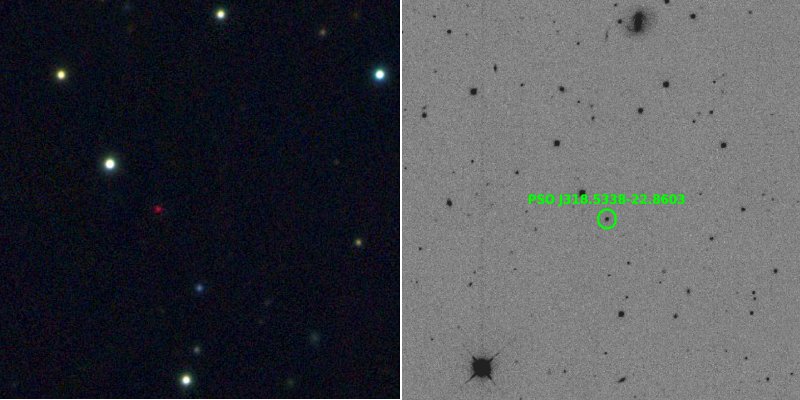

How can we measure the masses of free-floating planets wandering around our. In 2013, Kepler’s primary mission was concluded when a second reaction wheel broke, which meant that the space craft couldn’t hold a steady gaze at its original field of view.īut Kepler was given a ‘new lease on life’ by NASA on its K2 mission, which required it to shift its field of view to new portions of the sky about every three months. of the year or glimpses of the most recent comet to grace our skies. Since its launch in 2009, Kepler spotted thousands of exoplanets outside our solar system, despite experiencing mechanical failures and being blasted by cosmic rays. ‘It’s about as easy as looking for the single blink of a firefly in the middle of a motorway, using only a handheld phone.’ ‘From that cacophony, we try to extract tiny, characteristic brightenings caused by planets, and we only have one chance to see a signal before it’s gone. ‘Our observations pointed an elderly, ailing telescope with blurred vision at one the most densely crowded parts of the sky, where there are already thousands of bright stars that vary in brightness, and thousands of asteroids that skim across our field.Īrtist’s impression of a free-floating planet. Such planets may perhaps have originally formed around a host star before being ejected by the gravitational tug of other, heavier planets in the system ‘These signals are extremely difficult to find,’ said Professor McDonald. These new events do not show an accompanying longer signal that might be expected from a host star, suggesting that these new events may be free-floating planets. However, the four shortest events are new discoveries that are consistent with planets of similar masses to Earth.

Many of these had been previously seen in data obtained simultaneously from the ground. The study team found 27 short-duration candidate microlensing signals that varied over timescales of between an hour and 10 days. Gravity from the closer star acts as a lens and magnifies the distant star over the course of the transit. It was launched specifically by NASA with the aim of identifying planets outside of our own Solar System, known as exoplanets.įor this project, researchers used data obtained in 2016 during the K2 mission phase of NASA’s Kepler Space Telescope – an extension of its original mission.ĭuring its two-month K2 campaign, Kepler monitored a crowded field of millions of stars near the centre of our Galaxy every 30 minutes in order to find rare gravitational microlensing events.ĭuring gravitational microlensing, a viewpoint, a close star and a brighter and more distant star come into close alignment for a few weeks or months. Kepler launched in 2009 and was decommissioned by NASA in 2018 when it ran out of fuel needed for further science operations. The now retired Kepler telescope spent nearly a decade in space looking for Earth-size planets orbiting other stars, but scientists are still analysing its data. This is an artist impression of the Kepler Space Telescope that was decommissioned by NASA in 2018 after nearly a decade of service


 0 kommentar(er)
0 kommentar(er)
